How to Identify Authentic Green Tea
Ah, green tea. That magical elixir of health, serenity, and the occasional grimace when you accidentally brew it for too long. But with so many brands, blends, and questionable powders out there, how do you know if your green tea is the real deal or just a wannabe leaf pretending to be fancy? Fear not, dear tea enthusiast! Grab your mug, your monocle (optional), and let’s dive into the wonderfully weird world of authentic green tea identification.
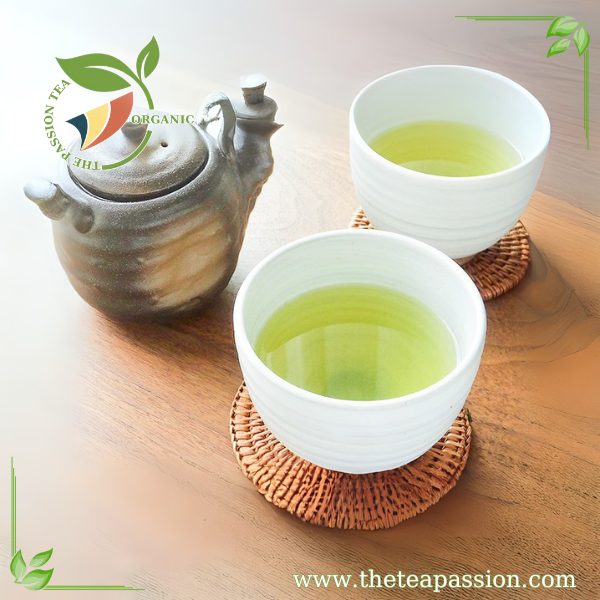
1. The Look Test: Is It Green or “Questionably Green?”
First things first, green tea should look green. Seems obvious, right? But some impostors out there are more “grayish-brown” than “verdant meadow.” If your tea leaves look like they’ve been through a rough breakup or a questionable tanning session, they might not be authentic. Real green tea leaves are vibrant, fresh-looking, and scream, “I’m full of antioxidants!”
If your green tea powder looks like something you’d use to paint a fence rather than sip, you might want to reconsider your purchase.
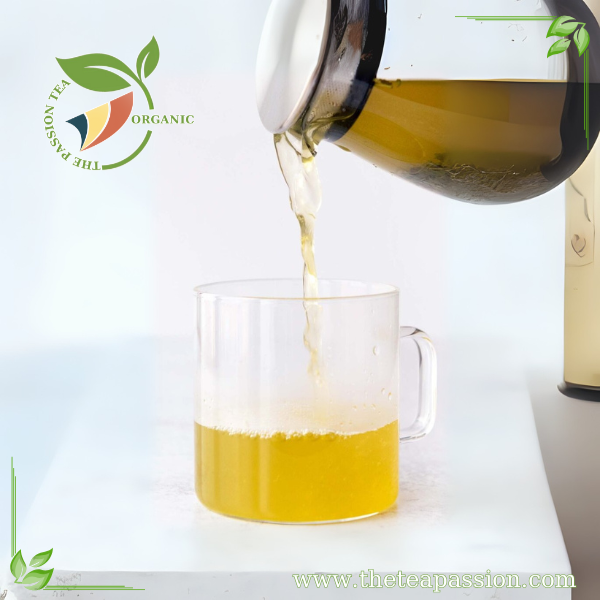
2. The Smell Test: Eau de Tea or Eau de Nope?
Authentic green tea has a distinct aroma that’s fresh, grassy, and slightly nutty. It should remind you of spring mornings or that one time you tried yoga and felt briefly zen. If your tea smells like wet cardboard or a chemistry experiment gone wrong, it’s time to raise an eyebrow (and maybe the trash can lid).
Bonus Challenge: Sniff your green tea and try to describe the scent to a friend. If their reaction is “That sounds like a candle I’d buy,” you’re probably on the right track.
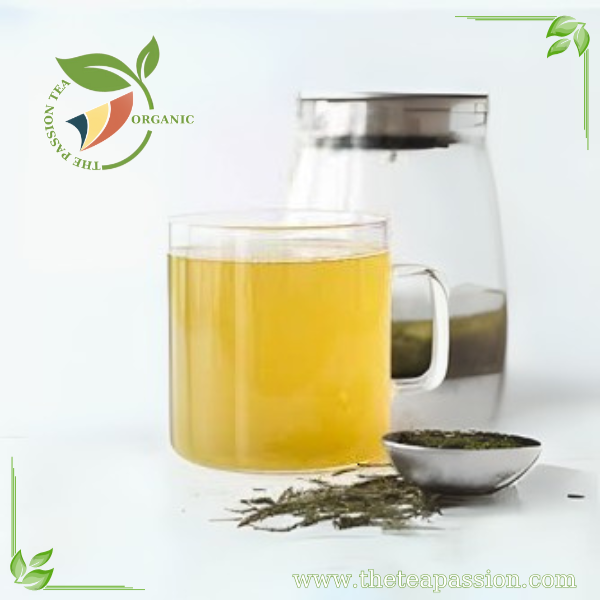
3. The Taste Test: A Symphony or a Sad Solo?
Here’s where things get serious, or seriously funny if you’re not prepared. Authentic green tea should taste smooth, slightly vegetal, and a little sweet. It’s like nature decided to host a flavor party in your mouth. Fake green tea, on the other hand, might taste bitter, bland, or like you accidentally brewed lawn clippings.
If your tea makes you scrunch your face like you just bit into a lemon, it’s either over-steeped or not the real McCoy. Either way, it’s time for a brewing intervention.
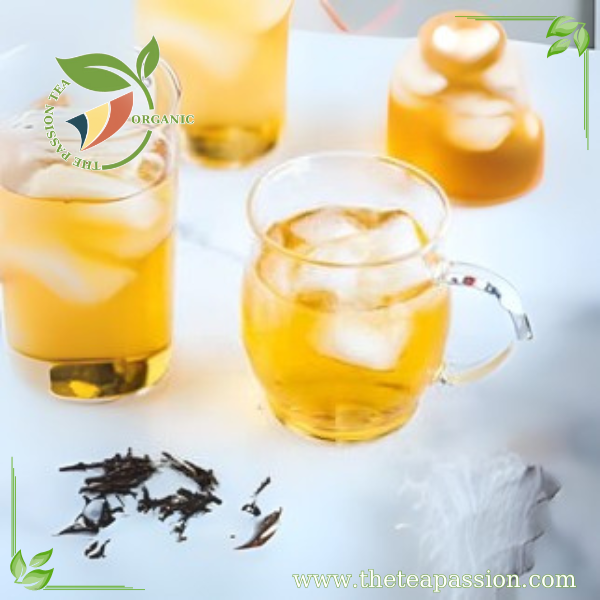
4. The Origin Story: Where Did It Come From?
Every superhero has an origin story, and so does your green tea. Authentic green tea usually hails from Japan or China, two countries that have been perfecting the art of tea for centuries. If your tea claims to be “authentic” but was grown in a place better known for potatoes than tea leaves, it might be worth investigating further.
Look for buzzwords like “Sencha,” “Matcha,” or “Dragonwell” on the packaging. If the package says “Mystery Leaf Blend,” run away faster than you would from instant ramen labeled “artisan.”
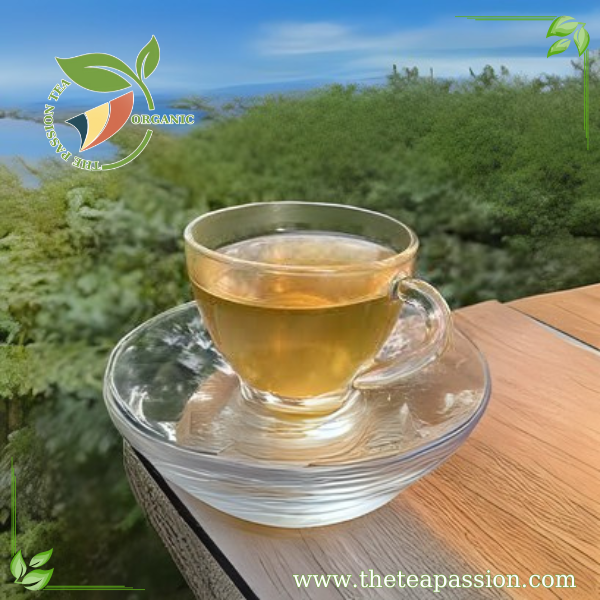
5. The Price Tag: Bargain Bin or Luxe Leaf?
Let’s be honest, authentic green tea isn’t usually dirt cheap (unless you’ve found an incredible sale, in which case, congrats!). If your green tea costs less than your morning coffee or comes in a suspiciously large bag labeled “Premium Green Tea Powder” with no other details, it might be too good to be true.
Invest in quality brands or trusted sellers. Your taste buds will thank you for not subjecting them to the “budget blend blues.”
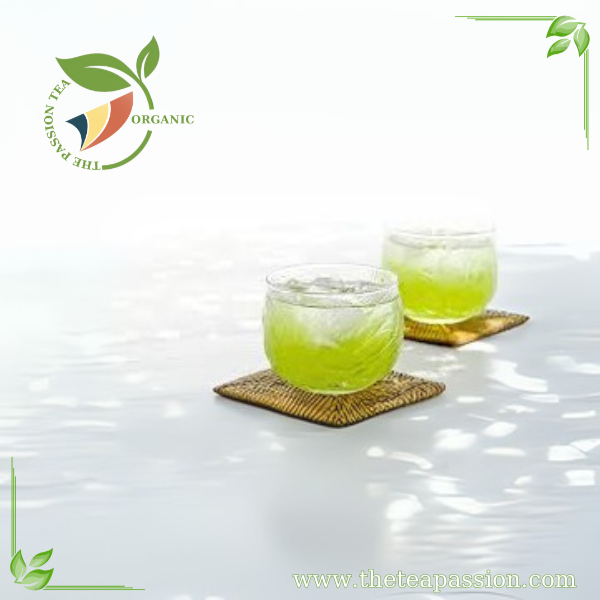
6. The Packaging: Fancy Pants or Flimsy Wrapper?
Authentic green tea tends to come in packaging that screams sophistication, foil-lined bags, airtight containers, or boxes with elegant designs. If your green tea arrives in packaging that looks like it was designed by someone who just discovered clip art, proceed with caution.
Check for certifications like organic labels or authenticity seals. If the packaging has more typos than your high school essays, it’s probably not legit.
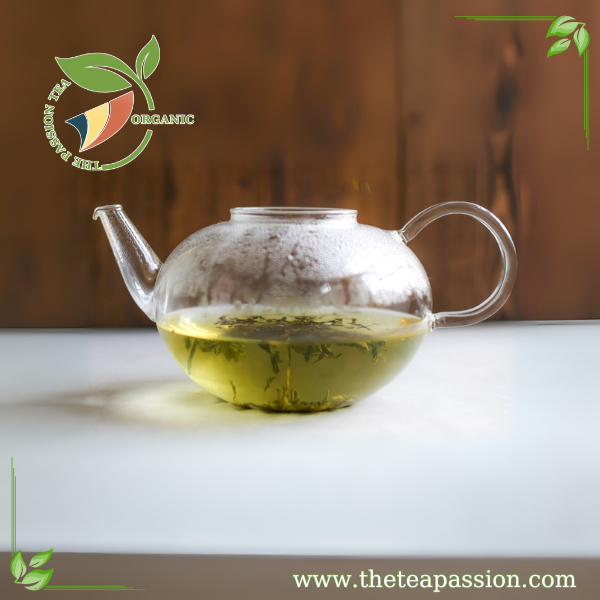
7. The Brewing Drama: Does It Behave in Hot Water?
Authentic green tea knows how to behave when steeped, it doesn’t get overly bitter or turn into swamp water after two minutes. Follow the brewing instructions carefully (usually 1–3 minutes at around 175°F), and watch as your tea transforms into liquid gold, or at least liquid emerald.
If your green tea starts foaming like a rabid animal when brewed, call for backup (or just toss it). That’s not normal behavior for any tea leaf worth its steeping salt!
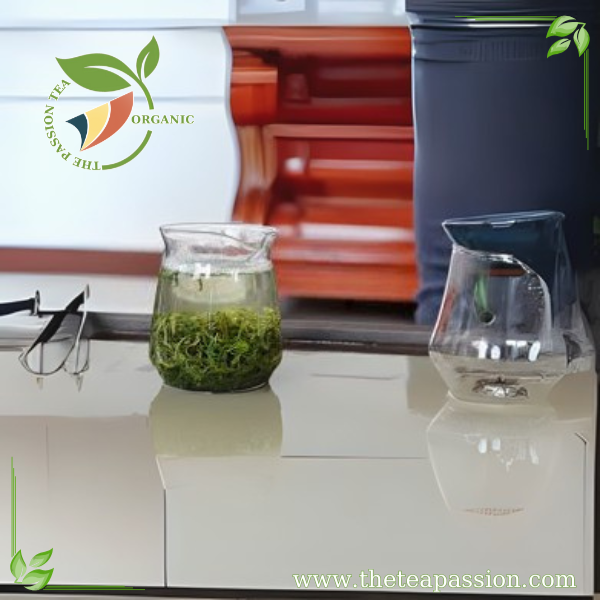
8. The Matcha Madness: Powdered Perfection or Green Chalk Dust?
Matcha deserves its own spotlight because it’s powdered green tea royalty. Authentic matcha is bright green and silky smooth, like powdered jade that somehow tastes delicious. Fake matcha is dull green, clumpy, and might remind you of powdered baby formula (yikes).
Stir your matcha with a traditional bamboo whisk if you want to feel fancy, or just use a fork if you’re feeling rebellious. Either way, authentic matcha should dissolve beautifully without leaving behind weird lumps or gritty residue.
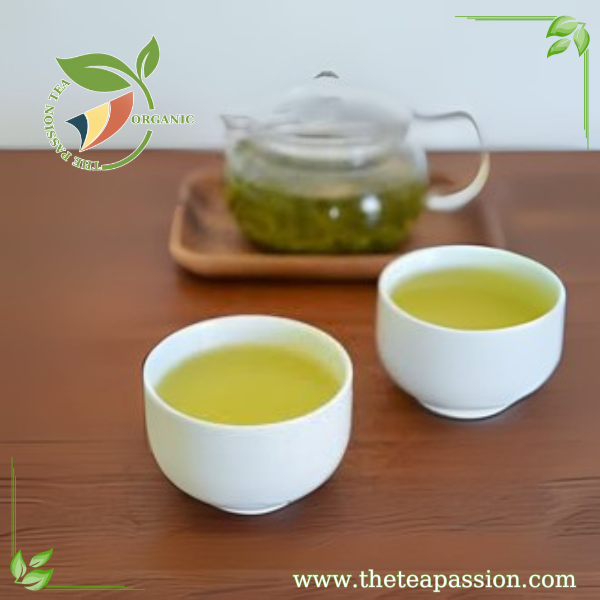
9. The Internet Detective Work: Reviews Are Your Best Friend
When in doubt, turn to the internet! Check reviews for the brand or product you’re eyeing before committing. If people are raving about how their green tea changed their life (or at least their mornings), that’s a good sign. If reviews mention words like “weird,” “fishy,” or “regret,” maybe skip that one.
Trust your fellow tea nerds, they’ve probably tried every brand under the sun and are more than happy to share their wisdom (and occasional rants).
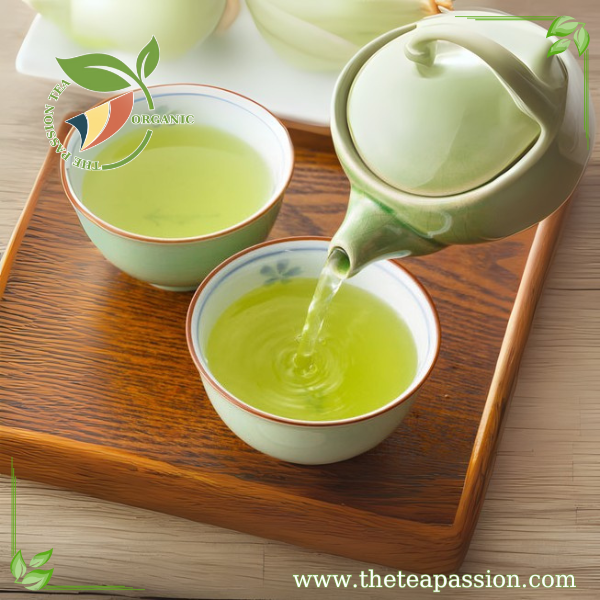
10. The Tea Whisperer Test: Trust Your Gut (and Taste Buds)
At the end of the day, identifying authentic green tea is part science and part intuition. If it looks good, smells good, tastes good, and doesn’t make you question your life choices after sipping it, congratulations, you’ve likely found the real deal!
Don’t overthink it! Tea is meant to bring joy and relaxation, not existential crises about leaf authenticity.
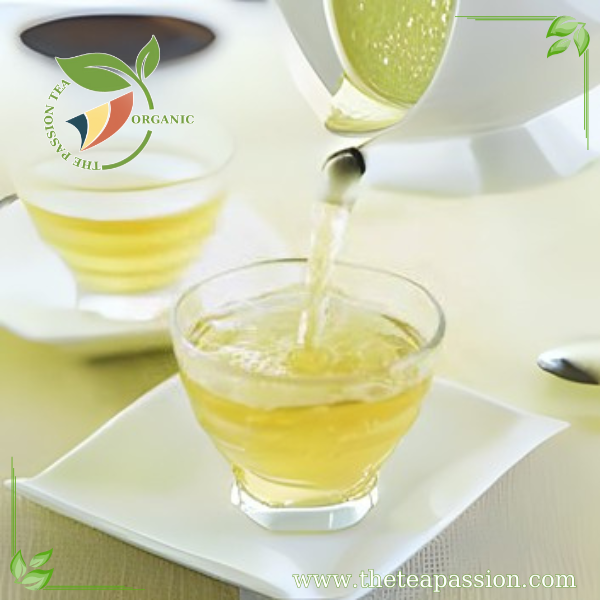
So there you have it, a fun-filled guide to spotting authentic green tea like a pro (or at least like someone who knows their way around a teapot). Now go forth and sip confidently! And remember: Life’s too short for bad tea, so treat yourself to the good stuff and savor every drop like the classy leaf connoisseur you are. Cheers! 🍵
